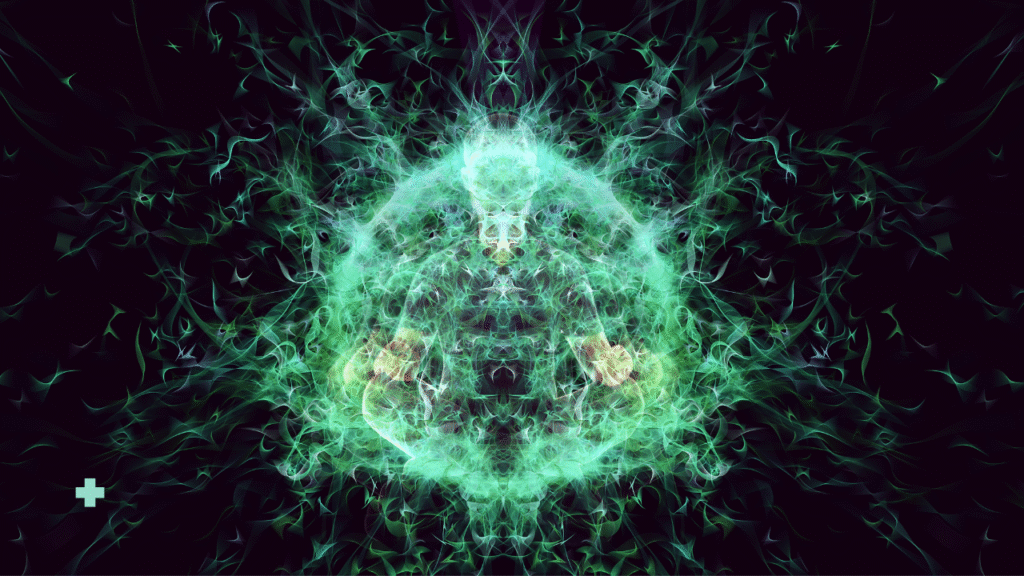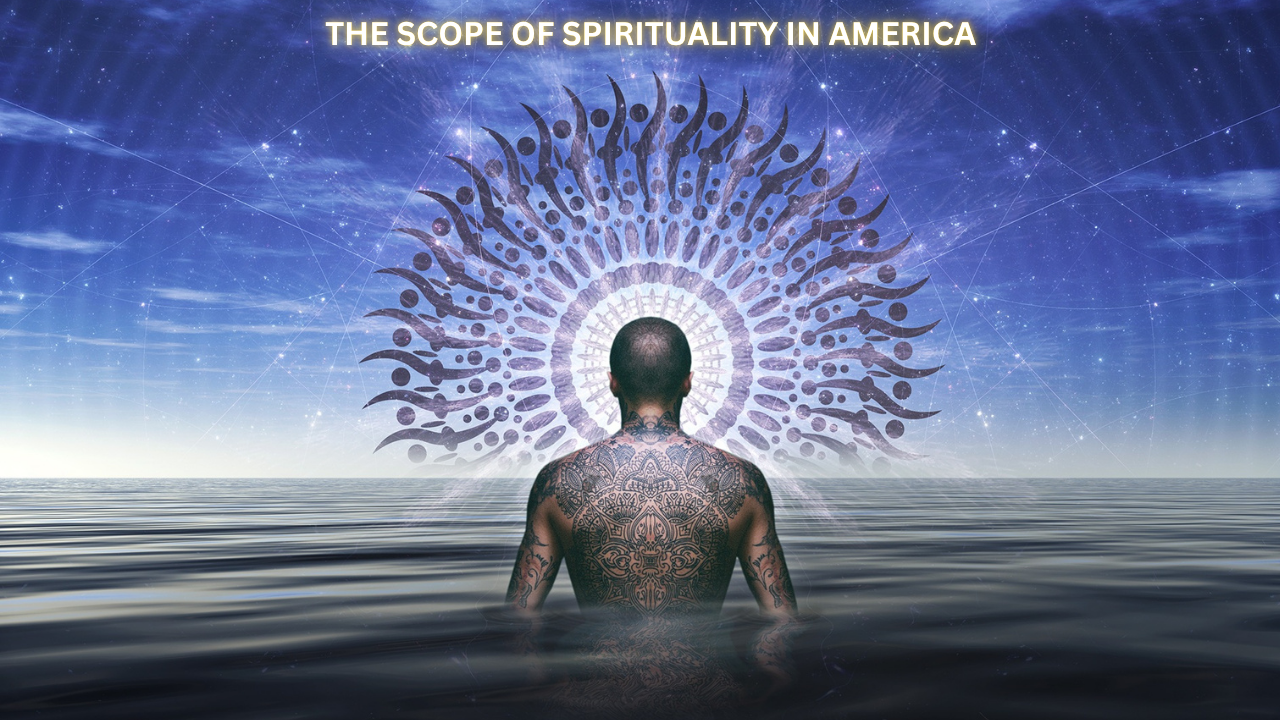Introduction
In 2025, America is witnessing a profound spiritual awakening. Research suggests that 92% of U.S. adults hold some form of spiritual belief, whether in a god, human souls, spirits, an afterlife, or something beyond the natural world (The New York Times, 2025). This surge in spirituality reflects a cultural shift where individuals are seeking meaning, connection, and inner peace in ways that often transcend traditional religious frameworks. But why is spirituality trending now? This blog, tailored for xblogstory’s American audience, explores the reasons behind this phenomenon, the practices shaping it, and the debates surrounding its rise, drawing on recent data to provide a comprehensive look at spirituality trends in 2025.
The Scope of Spirituality in America
The numbers tell a compelling story. According to a 2023 Pew Research Center survey, 70% of U.S. adults describe themselves as spiritual in some way, with 22% identifying as “spiritual but not religious” (SBNR). This group often prioritizes personal and nature-based spirituality over institutional religion. The survey also found that 83% believe people have a soul or spirit beyond their physical body, 81% acknowledge a spiritual dimension beyond the natural world, and 74% believe in phenomena that science cannot explain (Pew Research Center, 2023). These statistics highlight a nation deeply engaged with spiritual questions, seeking answers that go beyond the material world.
Table 1: Key Spiritual Beliefs in the U.S. (2023)
| Belief | Percentage |
|---|---|
| Describe themselves as spiritual | 70% |
| Spiritual but not religious | 22% |
| Believe people have a soul or spirit | 83% |
| Believe in something spiritual beyond the natural world | 81% |
| Believe science cannot explain some things | 74% |
| Believe in heaven | 71% |
| Believe in reincarnation | 27% |
| Source: Pew Research Center, 2023 |
Why Spirituality Is Rising

Several factors are driving the rise of spirituality in 2025, each reflecting broader societal shifts:
- Shift from Organized Religion: Evidence suggests a move away from traditional religion toward personal spirituality. The Pew Research Center reports that 41% of Americans have become more spiritual over their lifetime, compared to only 24% who have become more religious (Pew Research Center, 2024). This trend is especially strong among younger generations, with 30% of those under 30 reporting increased spirituality compared to 45% of those 65 and older.
- Impact of Global Events: The COVID-19 pandemic and limited social safety nets have pushed many Americans to seek solace in spirituality. The New York Times notes that America’s secularization is pausing, with religion and spirituality gaining visibility in public spheres like politics, technology, and entertainment (The New York Times, 2025). These events have made people more introspective, seeking meaning in uncertain times.
- Dissatisfaction with Secular Alternatives: Many Americans feel an existential malaise, craving stronger communities and meaningful rituals. The search for deeper, more nuanced conversations about belief has fueled interest in spirituality as a flexible alternative to rigid secular frameworks (The New York Times, 2025).
- Scientific Support for Spirituality: Research, including MRI studies, suggests that spirituality is an innate human capacity embedded in the brain. Nurturing this spiritual core can enhance health and resilience, adding credibility to spiritual practices (CBS News, 2024).
- Negative Associations with Religion: Organized religion’s links to issues like violence, misogyny, and anti-LGBTQ+ rhetoric have driven some toward personal spirituality. This allows individuals to explore meaning without the constraints of institutional religion (CBS News, 2024).
Table 2: Changes in Spirituality and Religiosity Over Time
| Group | More Spiritual (%) | Less Spiritual (%) | More Religious (%) | Less Religious (%) |
|---|---|---|---|---|
| All U.S. Adults | 41 | 13 | 24 | 33 |
| Age <30 | 30 | 20 | 15 | 42 |
| Age 65+ | 45 | 8 | 33 | 24 |
| Source: Pew Research Center, 2024 |
How Americans Practice Spirituality
Spirituality in 2025 is expressed through diverse, accessible practices that reflect its personal nature. The Pew Research Center highlights several common activities:
- Nature Connection: 77% of Americans spend time in nature at least monthly, with 26% doing so to feel connected to something greater.
- Self-Reflection: 64% engage in introspective practices monthly, with 44% citing this as a spiritual connection.
- Meditation: 38% meditate regularly, with 22% using it to connect with their true self or a higher power.
- Spiritual Objects: Many use items like crosses (35%), jewelry (19%), shrines or altars (15%), crystals (12%), or tattoos/piercings (9%) for spiritual purposes.
These practices are inclusive, allowing individuals to craft spiritual journeys that align with their beliefs, whether religious or not. For example, the “spiritual but not religious” group often emphasizes nature, with 71% believing in spiritual forces in the environment (Pew Research Center, 2023).
The Debate: Trend or Way of Life?
The rise of spirituality is not without controversy. Critics argue that its commercialization—evident on platforms like TikTok and in branded wellness products—risks turning a personal pursuit into a consumer fad. A 2024 Reddit discussion expressed frustration over this commodification, with users questioning the authenticity of “spiritual influencers” (Reddit, 2024). Some worry that spirituality’s popularity could wane if tied too closely to consumer culture rather than genuine seeking.
However, the core of spirituality—focused on personal growth, connection, and meaning—remains valuable. Its ability to foster well-being and resilience suggests it could be more than a passing trend, offering a lasting path for those navigating a complex world.
The Future of Spirituality
As we move through 2025, spirituality’s role in American life appears robust. The rise of the “spiritual but not religious” movement, alongside a stabilization of religious affiliation, underscores its evolving nature. Whether through meditation, nature, or community, spirituality provides a beacon of hope, helping Americans find meaning and connection. While debates about its authenticity persist, the trend reflects a universal human need for transcendence, suggesting that spirituality will continue to shape America’s cultural landscape.


2 thoughts on “Why Spirituality Is on Trend in 2025: A Deep Dive into America’s Spiritual Awakening”